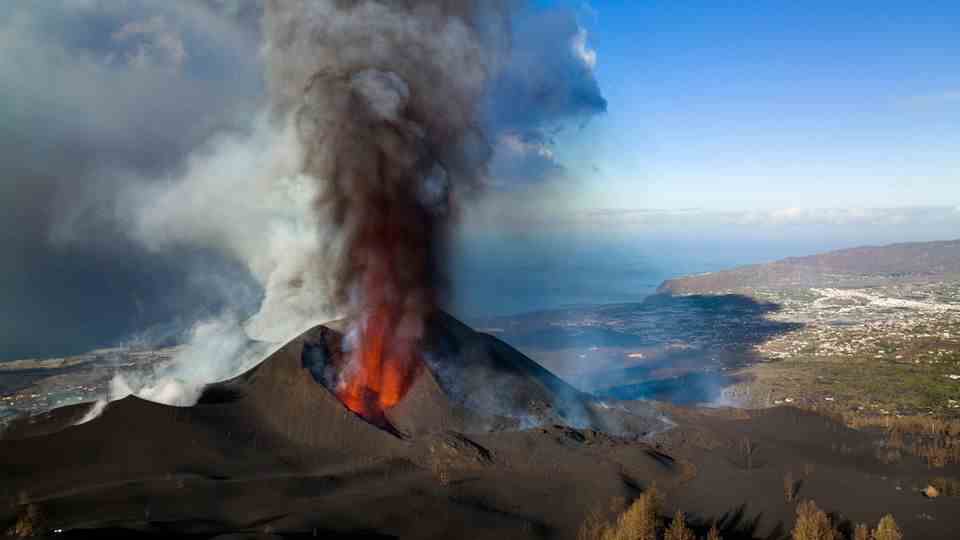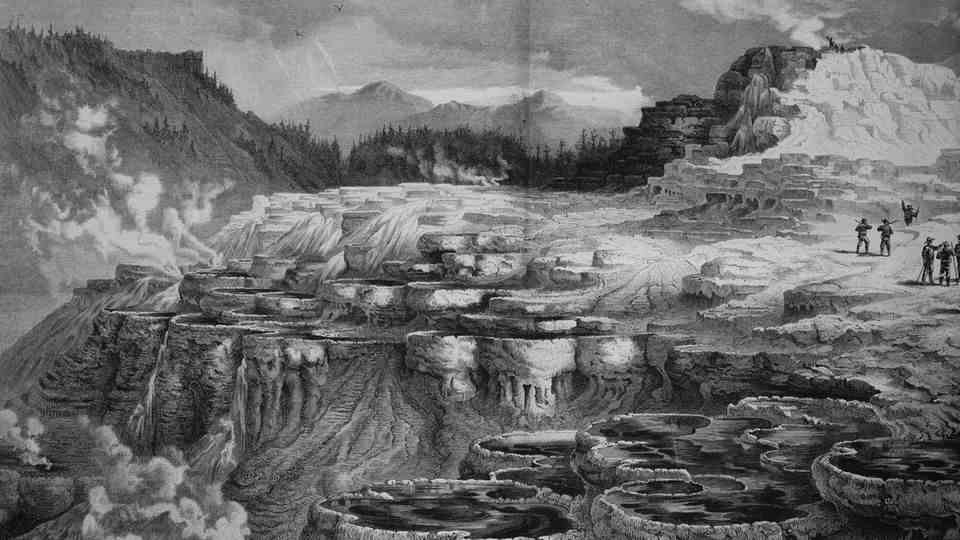The consequences of climate change affect millions of Americans. Indigenous tribes suffer particularly from the increasingly severe natural disasters. A tribe in Washington therefore wants to resettle most of a city.
Only one percent of their original land remains with the Native Americans. The more than 500 individual tribes often had to make do with remote and inhospitable regions. Areas that are gradually becoming uninhabitable as they are particularly hard hit by the climate crisis. Natural disasters such as hurricanes, drought and floods are increasing in number and intensity.
Climate crisis directly noticeable on the coast
The New York Times describes the fate of the indigenous population as “the latest threat in a history marked by centuries of misery and displacement”. Many of them are forced to relocate. So does the Northwest-based Quinault, a tribe of 3,600 members. Their capital Taholah is located directly on the Pacific. Storms continue to erode the coast and floods threaten residents. They have therefore decided to relocate a large part of the congregation.
The Quinault expect sea levels to rise by up to 80 cm by 2100, but the tribe is already feeling the effects of climate change. Over the years, the ocean has swallowed large parts of the beach, and the coastline has moved closer to the city. Larry Ralston, Treasurer of the Quinault, has watched this process all his life. “In the past, the lower village was flooded every three to five years,” he reports in “Guardians“In the meantime there are floods every year.
Storm surges, tsunamis, power outages
The sea and the Quinault River, which the tribe has “played integral to the identity and survival of the nation,” have become a threat to Indigenous people. The territory granted to the tribe in the 19th century measures 189,621 hectares and is in Washington state. Beach and coastal rainforest surround the area. Much of the area consists of coniferous forest, the residential areas according to “New York Times” from “inferior accommodation and poor infrastructure”.
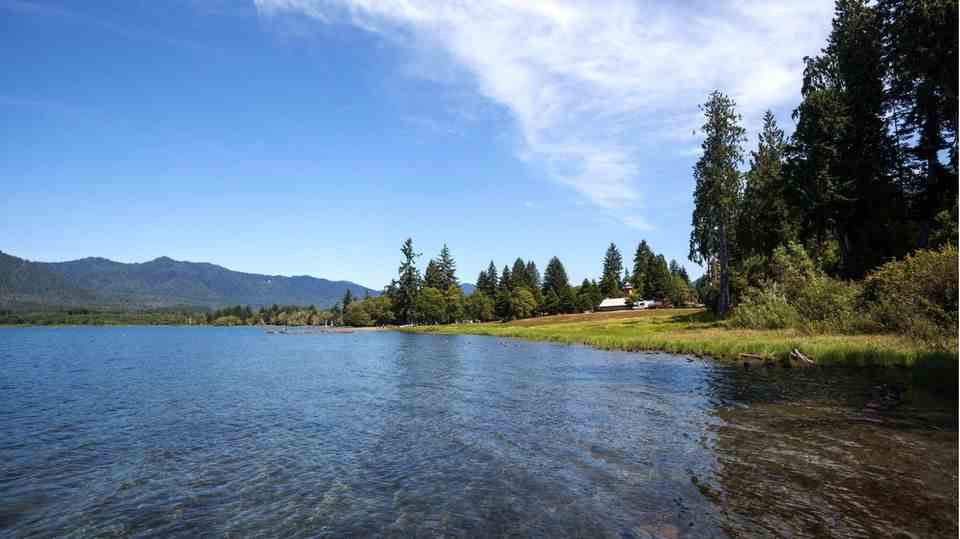
The Quinault area consists to a large extent of coniferous forest
© imagebroker / Imago Images
600 residents of Taholah now live in the flooded area and experience storm surges, tsunamis and power outages. A dyke, which is supposed to protect the city from the ocean, has regularly broken despite repairs. To escape the threat, the Quinault have decided to move the lower part of the city up a half mile. The tribe started the project in 2017 in “Village Relocation Master Plan” explained in detail. Around 300 buildings are to be erected on 80 hectares of flood-free land by 2030.
Community should move to a “safe place”.
In addition to apartments, facilities such as a school, police, fire brigade and courthouse are also to be relocated to the new location. The plan is intended to allow residents and businesses to “move to a safe place” where all essential services can continue to be guaranteed and “a healthy, socially and economically vibrant community” can develop. To this end, the tribal members should form interest groups so that the respective concerns of the residents can be taken into account when planning the area.
The groundbreaking has already been done. On the new territory, the Quinaults built a building that serves as an administrative complex, as well as a retirement home and kindergarten. “This project will help keep Taholah residents safe by moving programs for children and seniors out of the tsunami zone and serving as a temporary shelter in the event of a natural disaster,” said Larry Workman, the tribe’s spokesman at the “Daily WorldThe residents were able to pay for the construction of the building with the help of government grants. However, financing the complete resettlement has been an unsolvable problem so far. Treasurer Ralston expects the total costs to be up to 200 million dollars.
Difficult access to financial aid for indigenous tribes
For additional funds, the Quinault have reached out to housing, commerce, and interior departments, as well as the Federal Emergency Management Agency (Fema). The latter “has repeatedly told us that these competitive funds are based on numbers, not needs,” Ralston told the Guardian. This means that the state funds go to those municipalities with the larger number of affected people. The “New York Times” reports that access to financial aid is already a lot more difficult for the indigenous people than for the rest of America.
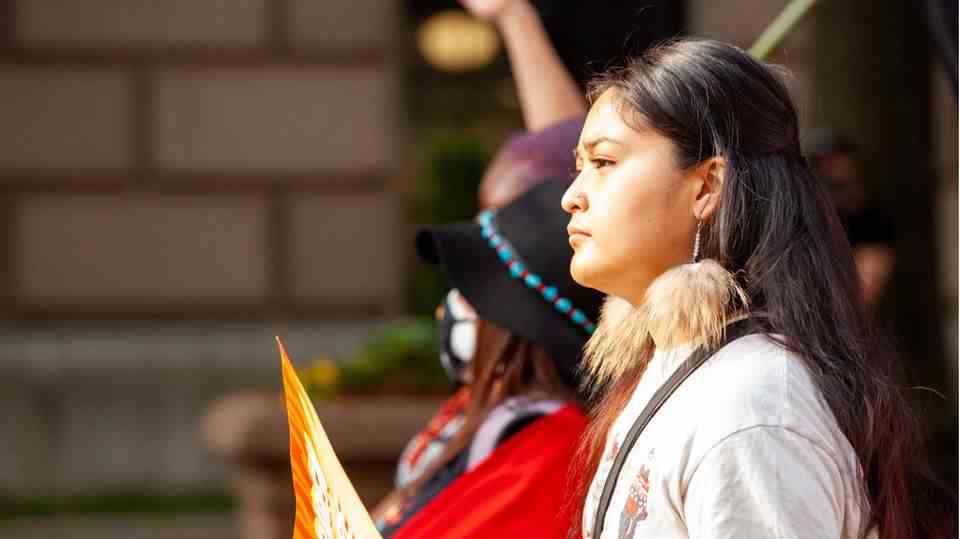
Access to state aid is often an obstacle for native population groups
© NurPhoto / Imago Images
Government data analyzed by the newspaper found that indigenous peoples are receiving less support than other, non-indigenous communities in recovering from disasters and protecting themselves from future weather events. Of the 59,303 lots that have received disaster preparedness grants since 1998, only 48 were on tribal land, Carlos Martín, a researcher at the Urban Institute, told The New York Times.
This makes it clear that the native peoples are still being neglected by the government. “We are the most affected by climate, but the least funded,” laments Ann Marie Chischilly, director of the Institute for Tribal Environmental Professionals at Northern Arizona University. President Joe Biden was actually seen as a beacon of hope for the indigenous people, since he had promised to improve relations with the indigenous communities. So far, however, the President has announced few concrete protective measures.
Climate change affects millions of Americans
The only one is found in the new Infrastructure Act, with which the US President passed a historic investment in the country’s infrastructure. “Tribal areas are severely endangered by the effects of climate change,” it says white house. That’s why they want to support resettlements for “the tribal communities that are most vulnerable to the climate catastrophe” with around 216 million dollars.
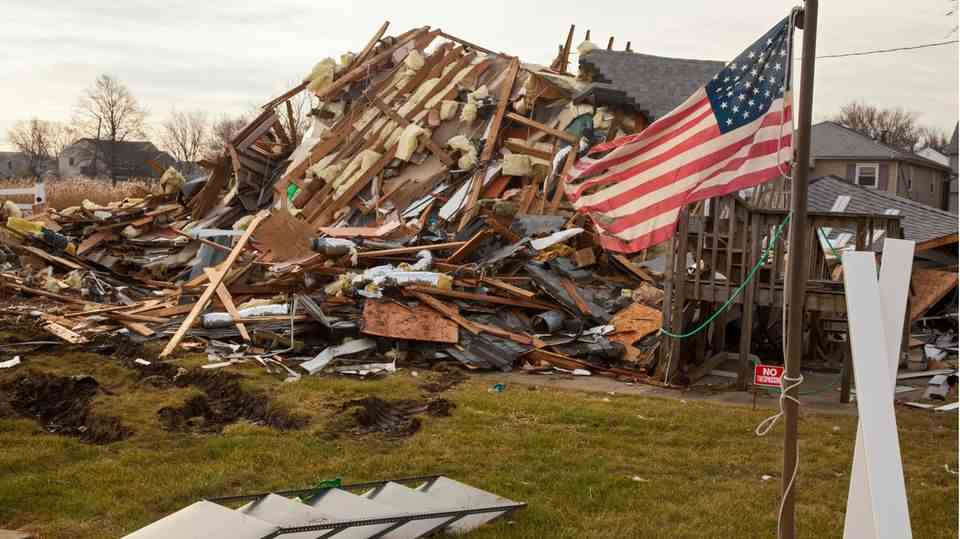
Tornadoes, hurricanes, floods, droughts – natural disasters in the USA occur more frequently and leave behind severe damage
© Jim West / Picture Alliance
An investment shared among more than 500 tribes. The Quinault alone would need almost the entire sum for the move. But what’s happening in Taholah could be in store for a variety of communities along the coast in the future. A report of National Oceanic and Atmospheric Administration assumes that the sea level along the coast will rise by 25 to 30 centimeters in the next 30 years.
A dangerous risk for around 15 million Americans who already live in areas threatened by flooding. The experts predict that severe flooding will occur up to ten times more frequently. As a result, experts expect mass migration: by 2100, around 13 million Americans could move inland. The country is far from prepared for the economic, social and political consequences.
Sources: National Oceanic and Atmospheric Administration“The Daily World“, “The Guardians“, “The New York Times“, The White House, Quinault Indian Nation


